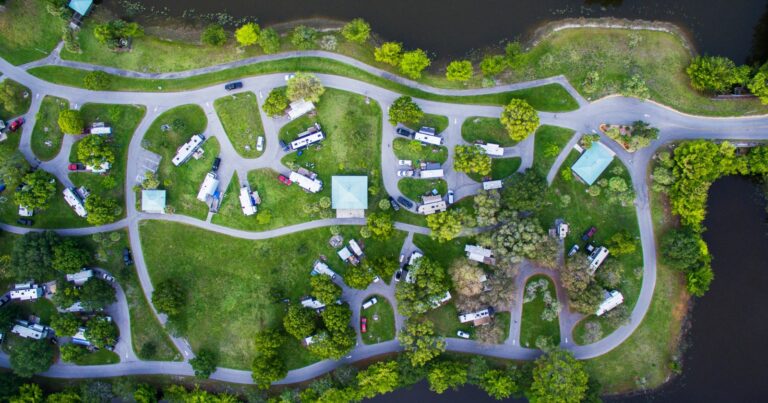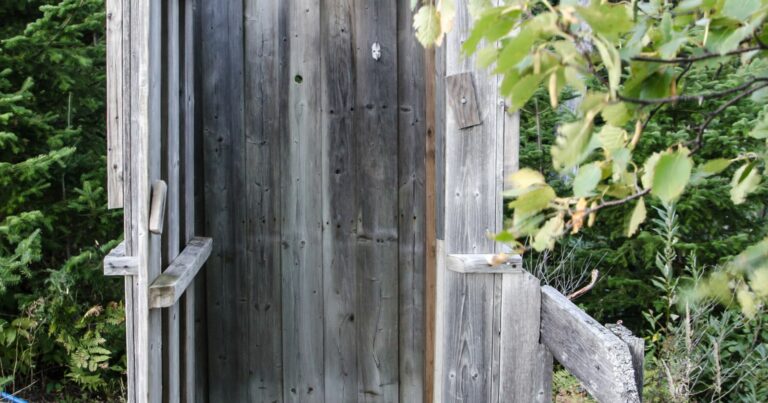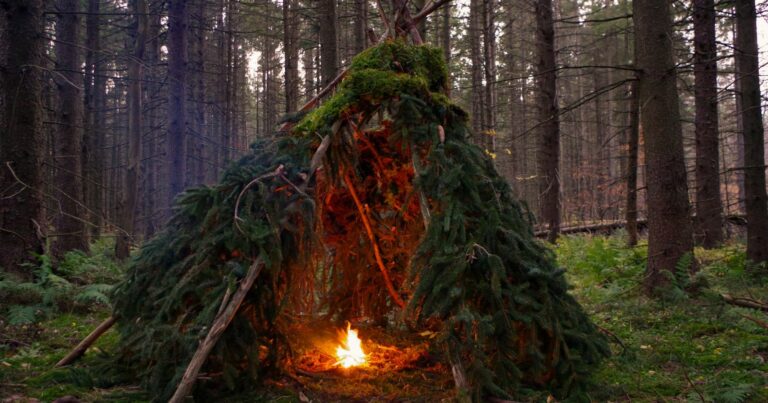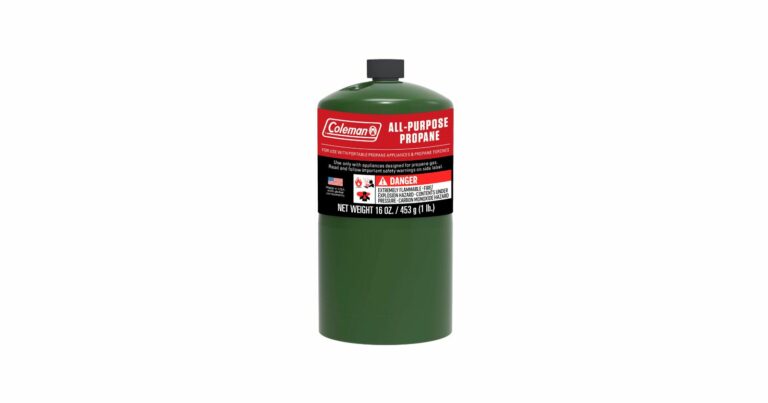How to Use a Coleman Propane Stove: A Complete Guide
Nothing beats the sizzle of burgers on the grill or waking up to a hot cup of campfire coffee. But how do you harness that delicious camp cooking experience at your own campsite? A Coleman propane stove offers an easy way to whip up your favorite meals outdoors with no fuss. With just the push of a button, you can fire up a burner to fry fish for shore lunch or simmer a pot of chili under the stars.
While propane stoves make cooking a breeze, you need to know proper operating procedures to use them safely. Don’t get burned by mistakes that could lead to damaged equipment or dangerous situations. By following key steps, you’ll quickly get the hang of lighting, adjusting, and maintaining your Coleman stove. We’ll walk through the complete process from connecting the propane to shutting it down after meals. You’ll gain the skills and confidence to unleash your inner camp chef with delicious backcountry cuisine. Read on to learn how to use a Coleman propane stove like a pro!
Pre-Use Safety Tips
Before firing up your Coleman stove, adhere to these basic safety guidelines:
Read Instructions
- Thoroughly read the owner’s manual to understand safe operation procedures.
Clear Area
- Set up stove on a flat, stable surface away from flammable objects.
Check Connections
- Inspect O-rings and ensure the regulator fits snugly onto gas cylinder.
Check for Leaks
- Apply soapy water to connections and look for bubbles to detect any leaks.
Have Fire Extinguisher
- Keep an extinguisher designed for grease/oil fires nearby.
Following basic precautions prevents accidents and malfunctions during use.
How to Connect the Propane Cylinder
Coleman stoves run on disposable 1 lb. propane cylinders. Here’s how to connect fuel:
Attach Regulator
- Thread regulator onto valve of propane cylinder by turning clockwise.
Tighten by Hand
- Only hand-tighten regulator. Never use tools which could over-tighten.
Connect Hose
- Attach one end of hose to barbed fitting on regulator.
Secure to Stove
- Connect other hose end to barbed inlet on stove. Check it’s securely attached.
Double check all connections are tight to prevent dangerous gas leaks.
Lighting the Burners
Once connected to propane fuel, follow these steps to safely light your stove:
Open Valve on Tank
- Make sure propane cylinder valve is turned to “on” position to allow gas flow.
Turn Knob to High/Light
- Rotate burner control knob counter-clockwise to the high/light position.
Hold Flame to Burner
- Use long safety lighter or match to hold flame near burner.
Listen for Ignition
- You should immediately hear gas igniting with a “poof” sound.
Check for Flame
- Visually inspect burner to ensure gas has ignited and flame is present before removing lighter.
With practice, you’ll get quick at sparking up burners to start cooking pronto. Never leave a lit stove unattended.
How to Adjust Temperature Settings
Once lit, you can fine-tune your stove’s heat intensity:
Start on High
- After igniting, let flame burn on high for 90 seconds to heat up.
Turn Down Heat
- Rotate knob counter-clockwise to lower heat to desired temperature.
Simmer Food
- Keep on low setting to gently simmer sauces, soups, etc.
Sear or Fry
- Crank to high heat for searing meat or frying in oil.
Use Lids
- Cover pots to speed up boiling or retain heat when simmering.
Test different heat levels to find the perfect flame intensity for different cooking tasks.
How to Safely Shut Off Your Stove
When cooking is complete, make sure to properly shut down your propane stove:
Turn Knob Clockwise
- Rotate each burner knob completely clockwise to the off position.
Listen for Extinguished Gas
- You should hear gas supply stop flowing to each burner.
Close Propane Valve
- For storage, turn the cylinder valve clockwise to close.
Detach Hoses and Cylinder
- Remove fuel hose from stove inlet and regulator from tank.
Let Cool Completely
- Allow 30 minutes for stove to cool before packing it up.
Following shutdown steps prevents any remaining gas from leaking out and igniting.
Cleaning Your Coleman Stove
To keep your stove operating safely and efficiently:
Wipe Surfaces
- Use cloth with warm soapy water to wipe down stove box and lid.
Clean Burners
- Remove burners and wash with mild detergent and brush. Rinse and dry fully.
Check O-Rings
- Examine O-rings for cracks or damage and replace if needed.
Store Properly
- Place stove back in original box or protective case away from direct sunlight and moisture.
Proper cleaning after each trip optimizes performance and lifespan.
Troubleshooting Common Propane Stove Issues
Despite best practices, you may occasionally encounter some stove hiccups. Try these troubleshooting tips:
Burner Won’t Light
- Check propane cylinder isn’t empty and valve is open to allow gas flow.
Flame is Low
- Clean any blocked burner ports with a needle. Ensure propane cylinder isn’t near empty.
Gas is Leaking from Connections
- Tighten all joints by hand. Replace any worn O-rings on regulator or hoses.
Flame is Yellow/Sooting
- Yellow flames indicate incomplete gas combustion. Clean clogged burner ports.
Addressing issues promptly prevents bigger problems down the road. Know when to involve a professional for service.
Cooking Safely with Your Coleman Stove
Besides proper stove operation, adhere to these additional safety tips when cooking:
- Position stove so wind doesn’t blow out flame. Use a windscreen if needed.
- Keep stove area clear of tinder, paper, etc. that could ignite.
- Avoid wearing loose clothing that could catch fire. Secure hair back.
- Supervise children and pets near stove at all times.
- Allow pots to fully cool before removing to avoid burns.
With vigilance and common sense, Coleman stoves offer safe, convenient cooking for your next al fresco meal under the stars.
After reading this guide, you should have a complete understanding of how to properly use your Coleman propane stove. Follow the step-by-step instructions for setup, lighting, cooking, and shutdown. In no time, you’ll graduate from hot dogs on sticks to dishing up gourmet camp cuisine to impress your crew. Bon appétit!







